 We’re in the Jewish ghetto of medieval Prague, where Rabbi Loew has taken a look at the stars which predicts a disaster for his people. He immediately informs the elders, and the next day the Holy Roman Emperor signs a decree declaring that all the Jews must leave the city before the new moon. An arrogant young man named Florian is sent to deliver it, and upon arriving in the ghetto he falls in love with Miriam, Loew’s daughter. Love-triangle-drama ensues: Loew’s assistant also has feelings for her. Loew, on the other hand, has begun creating a Golem, which is a huge man-creature made of clay. He wants to bring this creature to life in order to defend his people. During a magical ritual, Loew and his assistant summon the demon Astaroth, and makes him wake the Golem to life. Now, Loew finally has an awkward household servant, and something that will protect his people. Things appear to go smoothly at first…but soon, the Golem starts to behave erratically…
We’re in the Jewish ghetto of medieval Prague, where Rabbi Loew has taken a look at the stars which predicts a disaster for his people. He immediately informs the elders, and the next day the Holy Roman Emperor signs a decree declaring that all the Jews must leave the city before the new moon. An arrogant young man named Florian is sent to deliver it, and upon arriving in the ghetto he falls in love with Miriam, Loew’s daughter. Love-triangle-drama ensues: Loew’s assistant also has feelings for her. Loew, on the other hand, has begun creating a Golem, which is a huge man-creature made of clay. He wants to bring this creature to life in order to defend his people. During a magical ritual, Loew and his assistant summon the demon Astaroth, and makes him wake the Golem to life. Now, Loew finally has an awkward household servant, and something that will protect his people. Things appear to go smoothly at first…but soon, the Golem starts to behave erratically…
The Golem: How He Came into the World (original tite: Der Golem, wie er in de Welt kam, aka Der Golem) is a German silent horror film from 1920. It is one of the leading examples of early German expressionism, directed by Paul Wegener and co directed by Carl Boese. The script was co-written with Henrik Galeen, and it’s based on a novel from 1915 by Gustav Meyrink. The film was shot at the Tempelhof Studios in Berlin, and became a great success in Germany and played for full theaters for two months straight. A year later the film was released in the United States, also to packed houses and was the longest-running movie that year. It even started what was referred to as the “golem-cult“, which spun several golem-related media and adaptions. There were hardcore fanbases even in the 1920’s, it seems.
The charm of Der Golem is without a doubt the visual style. The set pieces are a blend of medieval gothic mixed with a surreal flair. The expressionist tone with all the artistic sets puts it in the same league as The Cabinet of Dr. Caligari (1920), although not quite as stylized. But holy cow, the work they did on that village is absolutely stunning! The crooked and twisted little houses that makes up the “ghetto“ looks like something straight out of a gothic fairytale, not to mention the interior shots which are very inventive and full of style and atmosphere. The movie is definitely a visual treat, with a cinematic world-building that’s outright stunning. The Golem himself is also pretty well made, using a costume with platform-shoes to make him look a lot bigger than everyone else, and he does look quite intimidating at times. He is also played by Paul Wegener, the director himself, who really uses his stern facial expression to let everyone know that the Golem doesn’t take shit from anyone.
Der Golem is by many considered a precursor to Frankenstein (1931) and it’s easy to see why. The Golem is both a great movie monster, tragic in many ways just as the Frankenstein monster, having been brought to a world that he can not really fit into. Frankenstein was a result if science, while the Golem was a result of magic, but the tragic results remain the same. Despite the underlying tragic fate of the titular character, the movie is whimsical as much as it is dark.
Der Golem was actually the third film in a trilogy, the first being The Golem (1914) and the short The Golem and the Dancing Girl (1917) and is a prequel to the first film. Unfortunately, the other two films have been lost.


Directors: Paul Wegener, Carl Boese
Writers: Paul Wegener, Henrik Galeen
Also known as: The Golem: How He Came into the World
Country & year: Germany, 1920
Actors: Paul Wegener, Albert Steinrück, Lyda Salmonova, Ernst Deutsch, Hans Stürm, Max Kronert, Otto Gebühr, Dore Paetzold, Lothar Müthel, Greta Schröder, Loni Nest
IMDb: https://www.imdb.com/title/tt0011237/
![]()



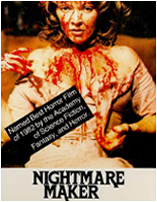



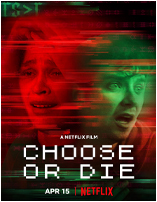
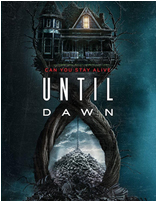
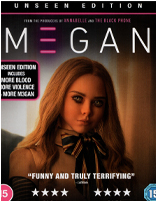


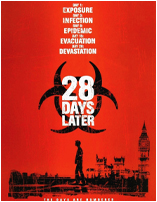
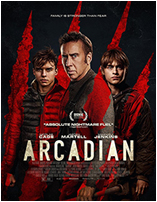
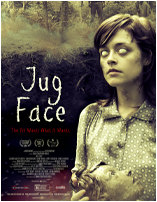
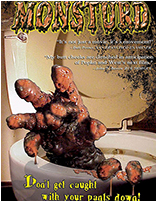

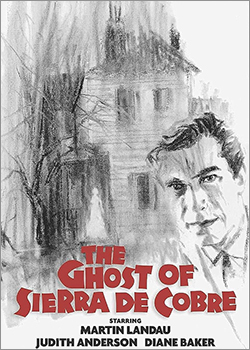




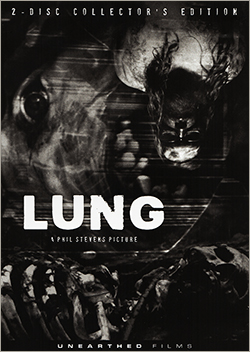




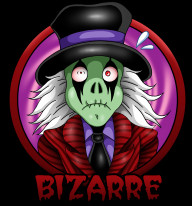
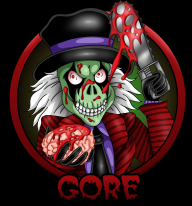
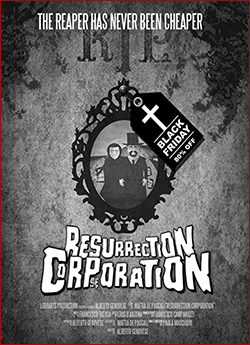 Dottor Caligari is an undertaker who finds himself in an existential crisis since no burials are taking place in the city anymore. Why? Because “Resurrection Corporation”, a company run by a man named Potriantow, has found a way to bring the dead back to life. Caligari and his companion Bruta, a loyal young woman whose heart is a clockwork-mechanism which Caligari himself has inserted into her, decide to find out more about Potriantow and his death-defying business who has turned Caligari’s life and ambitions upside down. They visit the castle of Potriantow’s supposed mentor, but soon find themselves facing unexpected dangers.
Dottor Caligari is an undertaker who finds himself in an existential crisis since no burials are taking place in the city anymore. Why? Because “Resurrection Corporation”, a company run by a man named Potriantow, has found a way to bring the dead back to life. Caligari and his companion Bruta, a loyal young woman whose heart is a clockwork-mechanism which Caligari himself has inserted into her, decide to find out more about Potriantow and his death-defying business who has turned Caligari’s life and ambitions upside down. They visit the castle of Potriantow’s supposed mentor, but soon find themselves facing unexpected dangers.

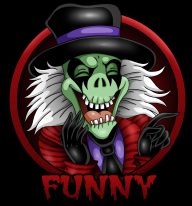
 How to even start with this movie…Uhm, well…
How to even start with this movie…Uhm, well…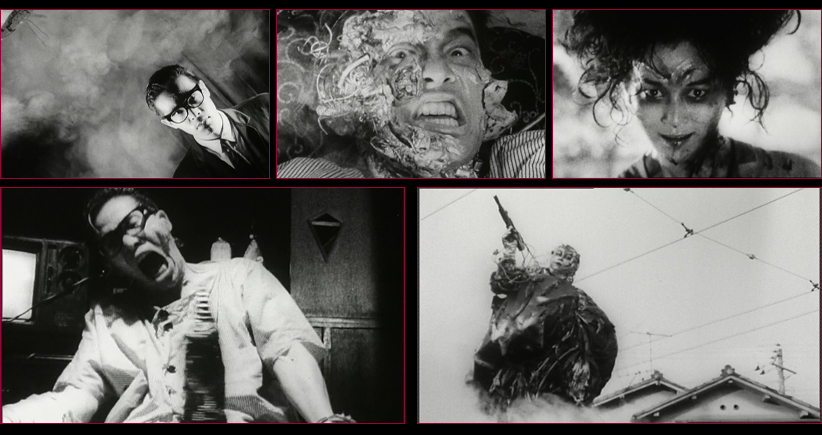

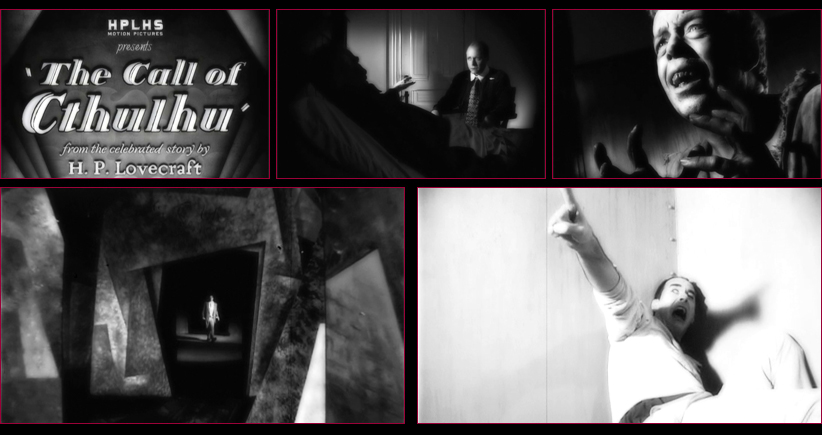
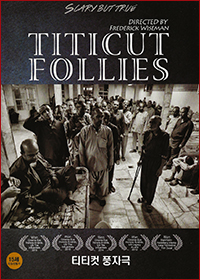

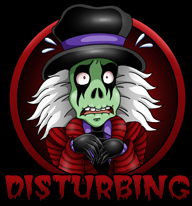
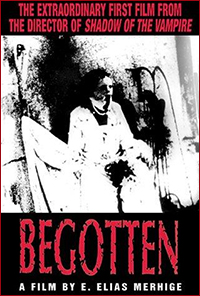 Time for a fun movie for the whole family to enjoy on a Friday night with some pizza. Or maybe not.
Time for a fun movie for the whole family to enjoy on a Friday night with some pizza. Or maybe not.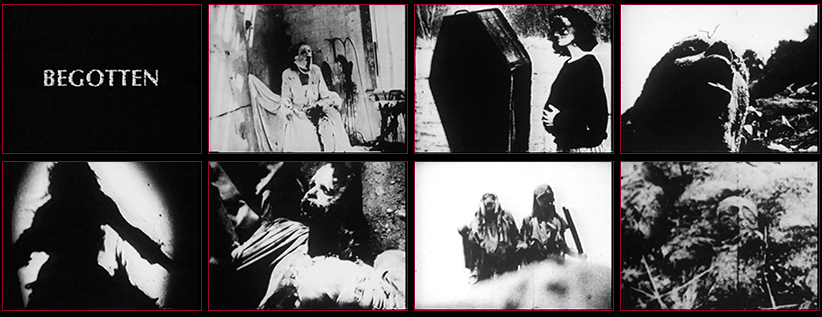

 On a remote New England Island in the 1890s, two lighthouse keepers have to stay there for four weeks. Thomas Wake, the oldest between the two, has been watching over the lighthouse for a long time and is used to the unfavorable conditions. His new assistant, Ephraim Winslow, does not settle in with ease however. Ephraim is getting more and more frustrated by the older man’s fussing and complaints, where he is being bossed around constantly. When the four weeks are over, and the boat still doesn’t come to pick up Ephraim due to very bad weather, they both realize they might be stuck on the island for far longer than anticipated. Plagued by bad dreams and hallucinations (or are they hallucinations?) Ephraim tries to keep his sanity on the forsaken rock – but this proves to be difficult as deeply sunken secrets are about to break the surface.
On a remote New England Island in the 1890s, two lighthouse keepers have to stay there for four weeks. Thomas Wake, the oldest between the two, has been watching over the lighthouse for a long time and is used to the unfavorable conditions. His new assistant, Ephraim Winslow, does not settle in with ease however. Ephraim is getting more and more frustrated by the older man’s fussing and complaints, where he is being bossed around constantly. When the four weeks are over, and the boat still doesn’t come to pick up Ephraim due to very bad weather, they both realize they might be stuck on the island for far longer than anticipated. Plagued by bad dreams and hallucinations (or are they hallucinations?) Ephraim tries to keep his sanity on the forsaken rock – but this proves to be difficult as deeply sunken secrets are about to break the surface.